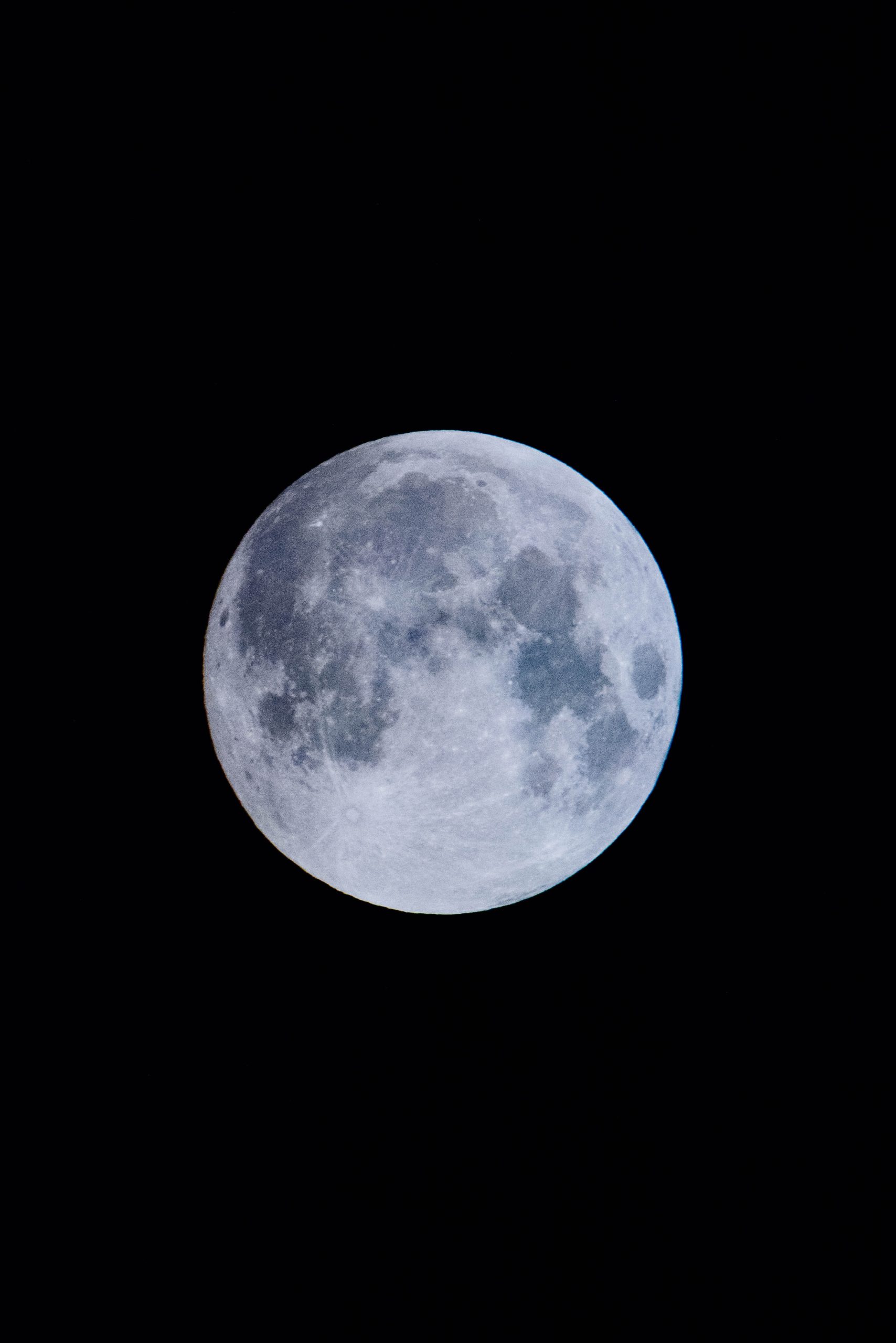Understanding the Waning Gibbous Moon: A Detailed Exploration
Our beautiful moon has captured the imagination of humans for centuries. Its ever-changing shape and luminosity have fascinated astronomers, poets, and dreamers alike. One of the moon’s distinct phases is the waning gibbous, which occurs during the lunar cycle. In this blog post, we will dive deep into the waning gibbous moon, exploring its characteristics, significance, and the science behind its formation.
The Lunar Cycle: A Quick Overview
Before we delve into the specifics of the waning gibbous moon, let’s take a moment to understand the lunar cycle as a whole. The moon goes through several distinct phases as it orbits the Earth, and these phases repeat roughly every 29.5 days.
To simplify, the lunar cycle begins with the new moon, where the moon is completely invisible to us. It then transitions into the waxing crescent, a thin, crescent-shaped sliver becoming more visible each night. The third phase is the first quarter, where half of the moon is illuminated, followed by the waxing gibbous, where the illuminated portion continues to grow. The full moon marks the middle of the lunar cycle, with the entire face of the moon appearing bright and round.
Now, let’s turn our attention to the waning gibbous, which occurs in the latter half of the lunar cycle.
What is the Waning Gibbous Moon?
The waning gibbous moon is a phase that comes after the full moon and before the third quarter. During this phase, the moon is more than half illuminated but is gradually decreasing in brightness. The term “waning” refers to the shrinking or decreasing visible area of the moon, while “gibbous” indicates that more than half but less than the full moon is illuminated.
| Phase | Visible Illumination | Description |
|---|---|---|
| New Moon | 0% | Moon not visible |
| Waxing Crescent | 0-49% | Increasing visible illumination |
| First Quarter | 50% | Half of the moon is visible |
| Waxing Gibbous | 51-99% | Continued increasing visible illumination |
| Full Moon | 100% | Moon is fully illuminated |
| Waning Gibbous | 51-99% | Decreasing visible illumination |
Characteristics of the Waning Gibbous Moon
During the waning gibbous phase, the moon’s illumination is progressively decreasing, revealing less of its surface to us. Despite this dwindling bright area, the moon remains quite prominent and easily visible in the night sky. It is still relatively bright, casting a soft glow over the Earth.
The waning gibbous moon also rises later in the evening compared to the full moon. While the full moon typically rises around sunset, the waning gibbous rises a few hours later, gradually becoming visible as the night progresses. This delay in rising time allows for more prolonged nighttime observation and admiration of our celestial companion.
Another noteworthy characteristic of the waning gibbous moon is its shape. As the illuminated portion decreases, the moon appears as a convex shape. Its curvature is visually different from the concavity observed during the waxing gibbous phase. This difference in shape is due to the shifting angle and position of the moon relative to the sun and the Earth.
Scientific Explanation of the Waning Gibbous Moon
The lunar cycle and its various phases, including the waning gibbous moon, occur due to the interplay between the sun, the moon, and the Earth. As the moon orbits the Earth, different portions of its surface are illuminated by the sun, creating the changing phases we observe.
During the waning gibbous phase, the moon is situated on the opposite side of the Earth from the sun. This means the sun shines directly on the side of the moon facing away from us, making the moon appear as a fully illuminated disc. However, as the moon continues its orbit, the angle between the sun, Earth, and moon changes. Consequently, we start to see less of the illuminated side until the waning gibbous moon fully transitions into the third quarter.
It’s important to note that the waning gibbous moon represents a temporary phase in the lunar cycle. After the third quarter, the moon enters the waning crescent phase, where the illuminated portion continues to diminish until it reaches the next new moon.
The Significance of the Waning Gibbous Moon
The waning gibbous moon holds cultural and spiritual significance for various societies throughout history. Different civilizations have crafted fascinating interpretations and myths surrounding this particular lunar phase.
In agriculture, the waning gibbous moon is often associated with the perfect time for pruning, weeding, and general maintenance of plants and crops. Some believe that this phase encourages the elimination of unnecessary elements, leading to growth and rejuvenation.
From an astrological perspective, the waning gibbous phase is thought to be a time for reflection and releasing negativity. It is believed to be a period conducive to letting go of emotional baggage and past experiences, enabling personal growth and transformation.
In Conclusion
The waning gibbous moon is a captivating phase in the lunar cycle, characterized by gradually diminishing illumination after the full moon. Its distinct shape, delayed rising time, and cultural significance make it a point of fascination for both astronomers and enthusiasts of the mystical.
By understanding the scientific mechanisms behind the moon’s changing phases, we can better appreciate the beauty and harmony of our celestial neighborhood. The waning gibbous moon serves as a reminder of the ever-evolving nature of the universe and our place within it.
So, the next time you gaze up at the night sky and spot the waning gibbous moon, take a moment to reflect on the beauty and wonder of our cosmic companion.
Table of Contents
